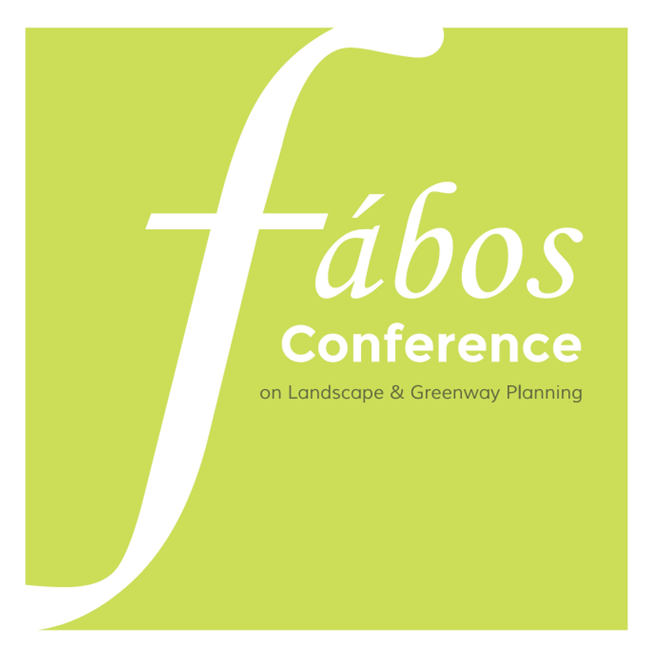Comparative Analysis of Residential Tree Norms in Chicopee, Massachusetts and Uppsala, Sweden
- Theodore Eisenman (University of Massachusetts Amherst)
- Robert Ryan (University of Massachusetts Amherst)
- Roger Elg (Swedish University of Agricultural Sciences)
- Marcus Hedlund (Swedish University of Agricultural Sciences)
- Nina Fritsch (Swedish University of Agricultural Sciences)
- Jack Malone (University of Massachusetts-Amherst)
Abstract
Municipal leaders worldwide are pursuing urban tree planting initiatives (TPIs) to improve the liveability and sustainability of cities. More than 60 municipalities around the world have committed to planting over 11 million trees as part of the Trees in Cities Challenge and in the United States, $1.5 billion in federal funding has been allocated toward urban tree planting and management as part of the 2022 Inflation Reduction Act. These greening campaigns are often predicated on ambitious goals to increase urban tree cover, but this will be difficult to achieve without considerable planting on residential land, which constitutes a significant proportion of landcover in urban areas. This is one of many reasons that active engagement with residents is important for sustainable TPIs. As TPIs becomes an increasingly global practice, an additional consideration is that different places have different urban form and planting potential. By extension, the size, shape, and type of residential land may differ between cities internationally, and within neighbourhoods in the same city, which can result in inequitable distribution of urban greenspace.
To address some of the challenges noted above, we will present initial findings from the first phase of a multi-year study to assess the planting potential of trees on residential land in different places. One of our study locations is Chicopee, Massachusetts in the United States; the other is Uppsala, Sweden. Across these two study sites, we have inventoried trees in neighbourhoods that were built in different historical periods. This inventory covered both single- and multi-family residential areas. The inventory and associated analysis includes a classification of trees by functional categories (i.e. large deciduous shade tree; fruiting/flowering tree; conifer; hedge), tree height and width, and average number of trees per site. This quantitative analysis is supplemented by figure-ground drawings that illustrate the typical size and shape of residential parcels and surrounding neighbourhoods.
Building upon this initial research focusing on environmental factors that inform TPI development and implementation, we hope to conduct future data collection and analysis including socio-demographic characteristics, GIS spatial analysis, and surveys of resident preferences and perception.
Keywords: urban trees, urban forestry, tree planting initiatives, landscape preferences, governance
How to Cite:
Eisenman, T., Ryan, R., Elg, R., Hedlund, M., Fritsch, N. & Malone, J., (2025) “Comparative Analysis of Residential Tree Norms in Chicopee, Massachusetts and Uppsala, Sweden”, Fábos Conference on Landscape and Greenway Planning 8(1). doi: https://doi.org/10.7275/fabos.2746
259 Views
97 Downloads
